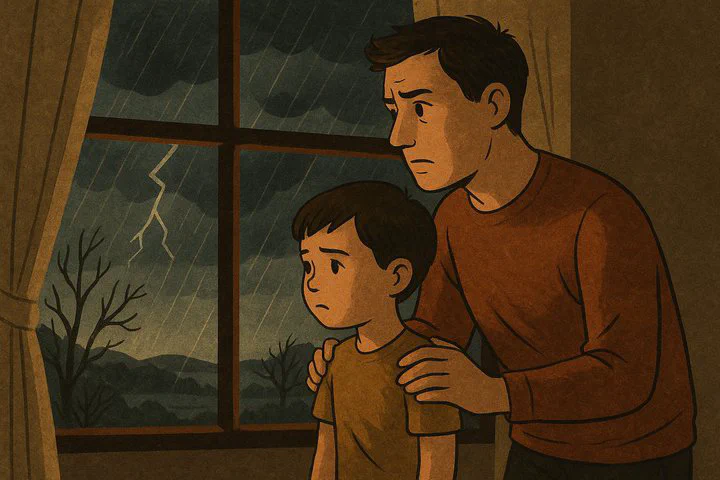Custody and Visitation in Unsafe Environments

Custody and Visitation in Unsafe Environments By Gina Iverson | Family Guide Compass
Introduction
Keeping your child safe during visits with the other parent is a top priority. But what happens when the place your child stays isn’t safe? In this guide, we’ll walk through custody and visitation in unsafe environments and show you clear steps to protect your child while honoring their bond with both parents.
Understanding Unsafe Environments
When you share custody, every visit should feel steady and secure. An unsafe environment is any place where your child can’t get simple things like clean air, food, or a safe place to sleep. It also means places where crime, drugs, or violence are common.
One eye-opening example is visitation in a crack motel. A motel known for drug use often has strangers coming and going, dirty rooms, and illegal activity. Even a short visit can expose your child to danger and stress.
Courts look at what is best for your child’s safety first. Ignoring custody and visitation in unsafe environments can lead to serious legal changes later, so spotting trouble early protects your child and your custody rights.
Legal Perspectives on Unsafe Visitation
Family courts always put child safety first. When judges hear about custody and visitation in unsafe environments, they check for drugs, violence, poor hygiene, and people who might harm the child. If the visit seems risky, a judge can:
• Limit or stop visits until the problem is fixed
• Order supervised or daytime-only visits
• Require drug tests or parenting classes
Take visitation in a crack motel as an example. Many parents have heard a judge say, “courts think that kind of thing is just ridiculous,” because such motels are tied to drugs and unsafe living conditions. If you discover risky visits, gather proof—photos, texts, or witness notes—and ask the court to review the visits.
Balancing Safety and Relationships
You may think, “I prefer my kid have a good relationship with my ex, but safety comes first.” You can protect both goals:
- Talk calmly with the other parent. Share facts, not blame. Explain that judges view custody and visitation in unsafe environments as a serious risk.
- Suggest safer places—parks, libraries, or a trusted relative’s home. Offer to help find or pay for a clean hotel if money is tight.
- Create shared safety rules: no drugs, no strangers sleeping over, working smoke alarms, locked medicine cabinets. Put these rules in writing so expectations are clear.
- Stay positive with your child. Avoid bad-mouthing the other parent. Kids need to feel free to love both parents.
When a Kid Comes to Visit Again
When your kid come to visit again after staying somewhere you fear is unsafe, greet them with warmth:
• A hug, a snack, and some quiet time show you’re glad they’re back.
Next, watch for signs the visit was hard:
• Dirty clothes or odd smells
• New bruises or extreme tiredness
• Stomachaches, nightmares, or sudden fears
Write down what you see and the date. Ask gentle questions like, “What was the best part of your visit?” and “Did anything make you feel uneasy?” If you learn about real danger—drugs, violence, or lack of food—call your lawyer or child services right away.
Finally, speak with the other parent. Share the issues you noticed and suggest safer options for next time. Remind them that courts act fast when they hear about custody and visitation in unsafe environments, so working together helps everyone—especially your child.
Resources and Support
Don’t face custody and visitation in unsafe environments alone. Reach out for help:
• National Domestic Violence Hotline (24/7): 1-800-799-SAFE
• Parents Without Partners: peer support for single and blended families
• Local child protective services (CPS): to report immediate danger
• County Legal Aid or family law clinic: free or low-cost legal advice
• Law-school clinics: students, supervised by attorneys, can draft court papers
Online communities are also ready to listen:
FamilyLaw • SingleDads • singlemoms • Stepmom
Build your own circle of care. Tell teachers, doctors, and close friends what’s happening. Keep a binder with visit notes, photos, and messages. Good records can prove a pattern of unsafe visits if the court needs evidence.
Conclusion
You’re not alone. By acting early, gathering support, and keeping calm communication open, you can protect your child and still encourage a healthy bond with the other parent. Safety comes first, and help is only a call or click away.